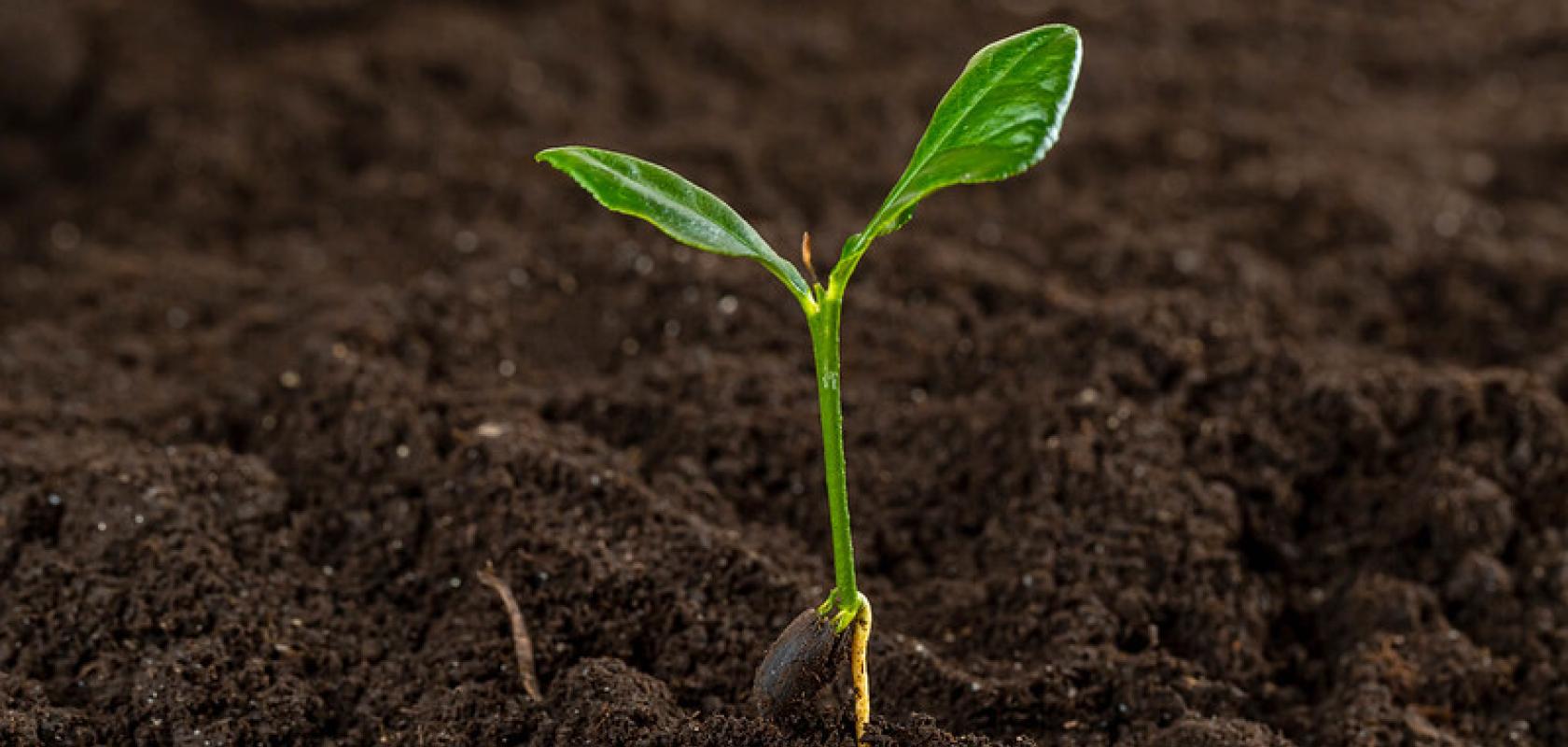New spectroscopic method of measuring plastic contamination in soil found to be simpler and more accurate, leading to further research into the effects of nanoplastics on health.
The existing go-to method for measuring the nano/microplastic (N/MP) concentrations in soil is to physically separate the organic matter with chemical processes, then analyse the isolated plastics that remain with a combination of tools and techniques including microscopy, Fourier-transform infrared spectroscopy, Pyrolysis-gas chromatography/mass spectrometry or Raman spectrometry.
There are major issues, however, with this system that call the accuracy of the results into question. N/MPs that are smaller than a micron regularly go unmeasured, for example, while some N/MPs are even lost during the separation process, putting figures into further doubt, and the skills required to perform the measuring techniques leave many sectors unwilling or unable to do so.
A simpler route to soil-measurement
Recognising the difficulty of accurately measuring soil samples, researchers at Waseda University and Japan’s National Institute of Advanced Industrial Science and Technology (AIST) have developed a simpler method of measuring the concentration of nano- and microplastics in a variety of soil types easily and accurately with spectroscopy, regardless of the size and without separation.
After preparing six types of soil sample with differing characteristics like the size and distribution of organic or plastic content, the researchers then mixed the samples with 203nm polystyrene nanoparticles to create six contaminated samples and maintained the N/MP concentration at five milligrams per litre (mg/l).
A spectroscopic method
Without separating the N/MPs from the organic matter, and regardless of their size, the researchers used spectroscopy to measure how much light at a particular wavelength passes through the sample, and how much gets absorbed.
“We measured the absorbance of these soil suspensions at various wavelengths from 200 to 500nm using a spectrophotometer, Based on these results, we determined the N/MP concentration in each soil sample,” said one of the Waseda University researchers, Kyouhei Tsuchida. The best combination of two wavelengths for measuring N/MPs, that negate the interference from soil particles and leached components, was then identified.
How to measure with spectroscopy: the results
Finding the wavelength combination of 220 to 260nm and 280 to 340nm to have the lowest error rate over the six samples, the team ascertained this wavelength combination to be the most suitable to measure concentrations of N/MPs across a variety of soil types. But as the N/MPs absorption potential was also found to be highly dependent on the individual characteristics of the soil, it was also important to consider soil absorption.
To build this consideration into the research, a calibration curve was created between the amount of N/MP content added, and the final concentration of N/MPs in the soil sample. This calibration curve showed a linear relationship between the two variables. “Our novel measurement approach can quantify different N/MPs including polyethylene and polyethylene terephthalate in a variety of soils,” said Tsuchida. “Moreover, it can help further our understanding of the distribution and migration behaviour of N/MPs in the geosphere.”
The purpose of the research into ways to measure N/MP concentrations is to encourage more studies on N/MP migration, helping understand the effect N/MPs have on our physical and environmental health.


